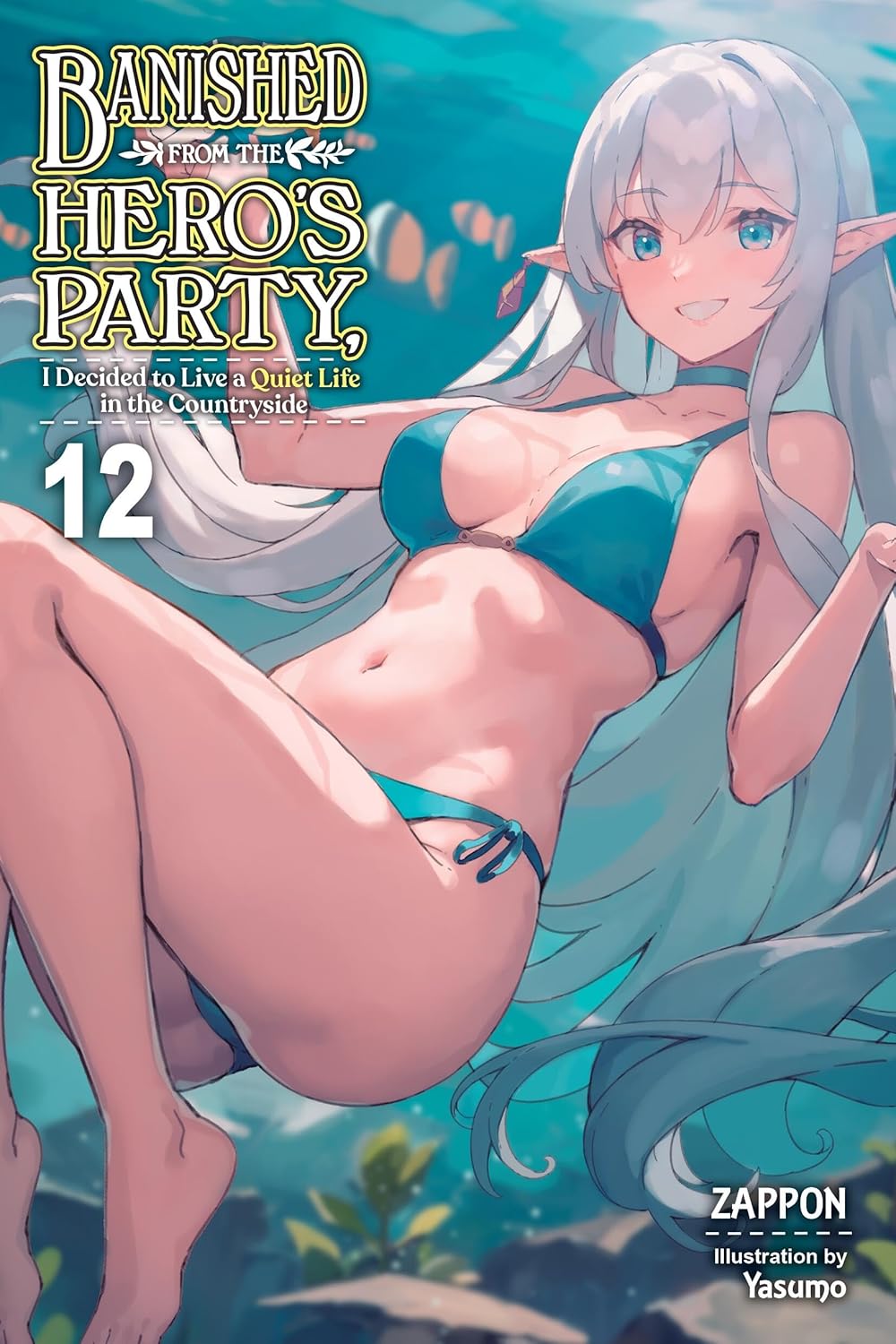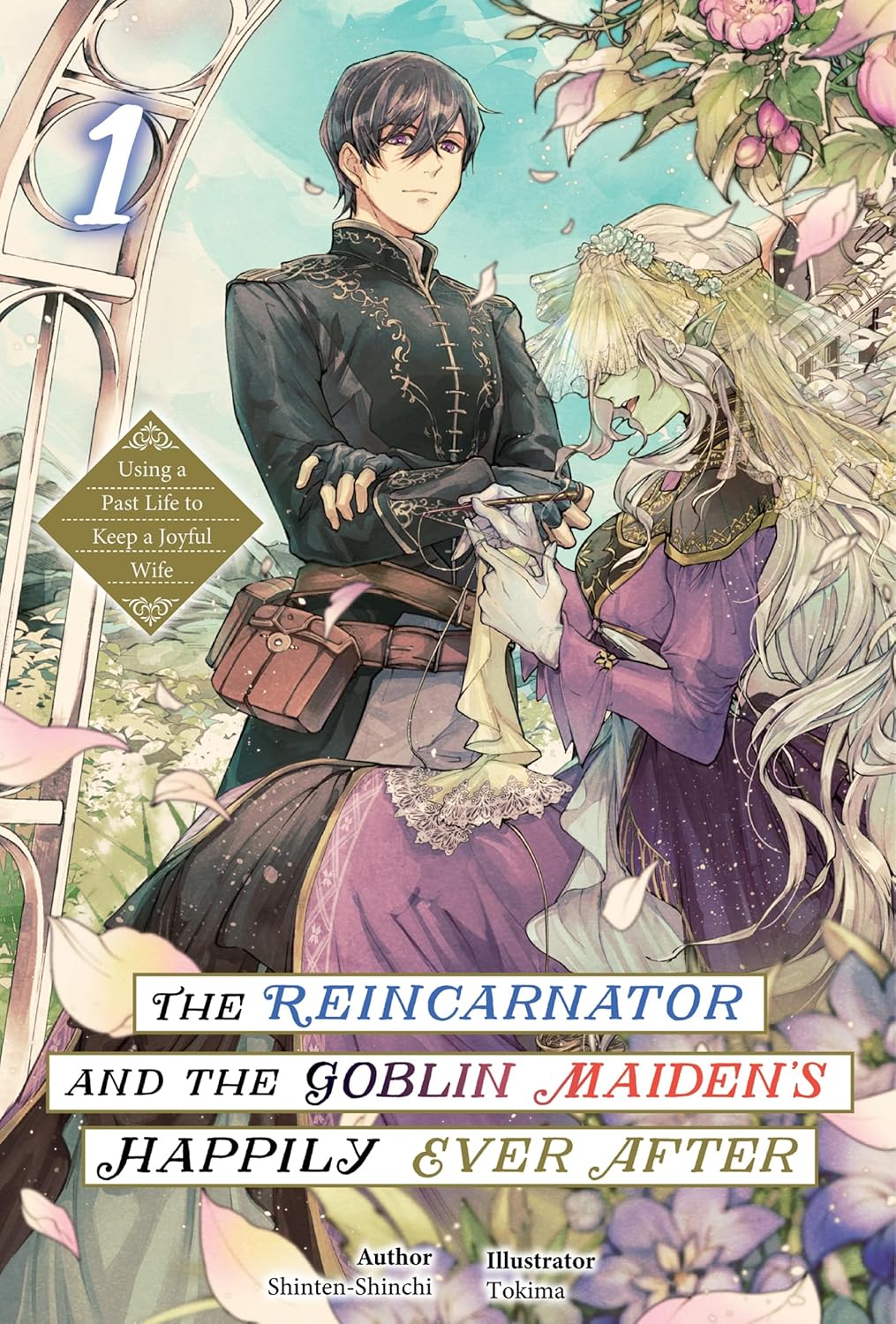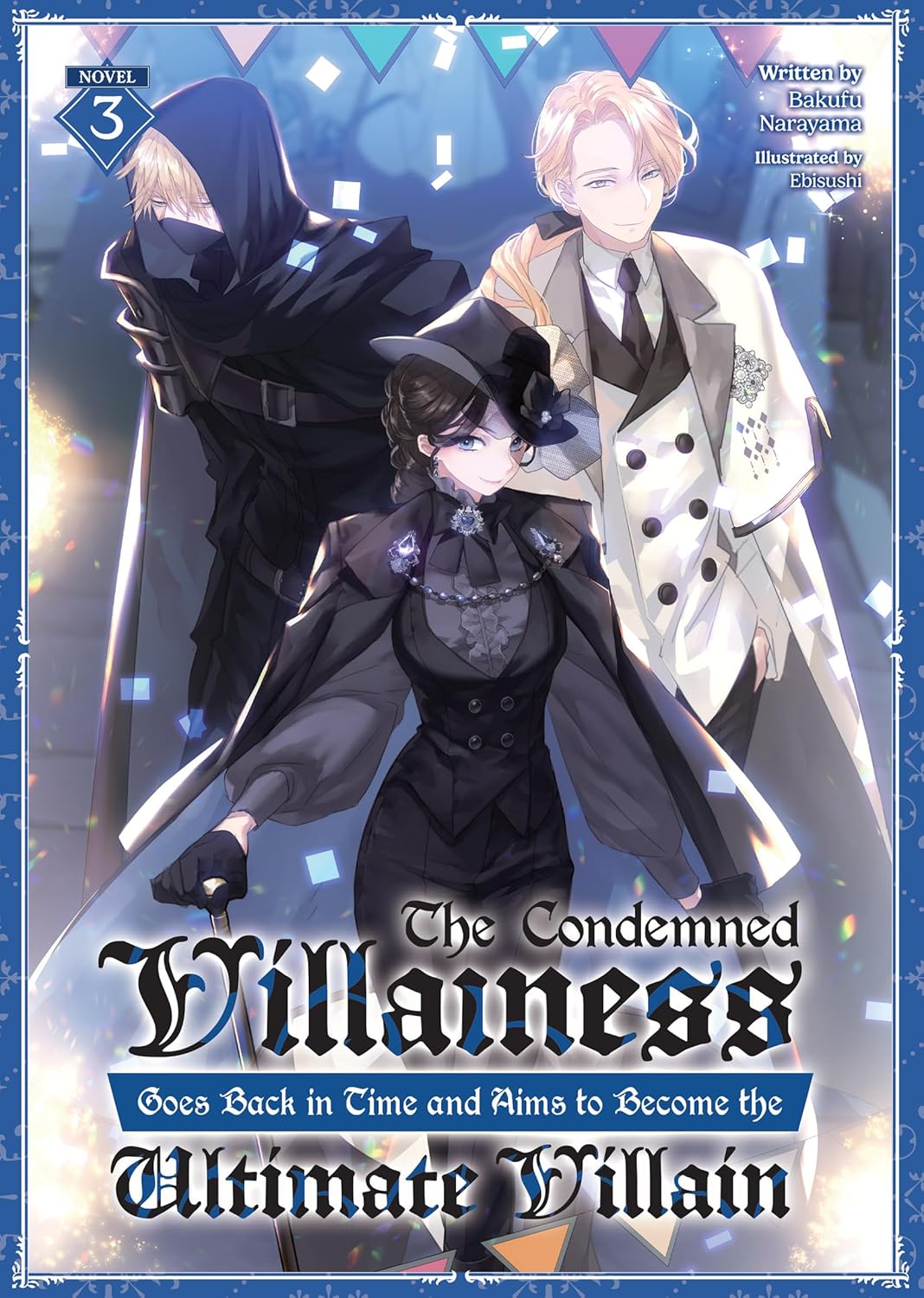By Zappon and Yasumo. Released in Japan as “Shin no Nakama ja Nai to Yuusha no Party wo Oidasaretanode, Henkyou de Slow Life Surukoto ni Shimashita” by Kadokawa Sneaker Bunko. Released in North America by Yen On. Translated by Dale DeLucia.
The good news is that there’s a lot more relaxing in the countryside in this volume. Oh, don’t get me wrong, everyone still gets a chance to kick ass, and we also get the start of the plot that will presumably form the 13th and 14th volumes (I am assuming that 15, already announced to be the final volume, will be Red and Rit’s wedding). But there’s also lots of showing off exactly why Red and Ruti settled down in Zoltan, and how they aren’t alone. Not everyone in this town has been banished from the hero’s party, but it does seem to be pretty full of people who used to be in a violent, adventure filled life, and then they decided to just… stop, and come live here and do whatever the hell they want. That said, sometimes what they want is to save people and protect them, because while it’s bad to be forced to be a hero against your will, being heroic is still OK.
Yaralandra has decided she wants to build herself a modern ship. Unfortunately, there aren’t a lot of shipwrights who can do what she wants locally, so she gets everyone to join her in revisiting the ship they sank in the last book. While there, they end up seeing ANOTHER ship that is clearly on its last legs, and therein they find a princess of the Jade Empire, near death, and her plucky ninja protector. They manage to get them back to Zoltan, where the princess, Torahime, can recover. This leaves the gang with no choice but to take in the ninja girl for the next few days. That said, the ninja girl seems to lack a lot of common sense, and in many ways seems a lot more childish than you’d expect from someone protecting a princess. What’s really going on here?
The plot twist in this book is so obvious as to be visible from space, but that’s fine. The main purpose of this book is twofold: to introduce us to a fun, if somewhat annoying, new character in Habotan (who even speaks in overly polite speech just to make her extra grating), and to help Ruti realize that just because she is no longer the hero controlled by God does not mean that she can’t be a hero for someone else. There’s also a heaping helping of “sacrificing your own life to protect someone you care about may not, in fact, be the best solution” here, as this honestly is a world where everyone tends to be ludicrously self-sacrificing and we’re trying to get away from that. The last few pages are very much “building up to the final battle”, complete with an old enemy returning one last time.
That said, there’s still plenty of Red and Rit gazing softly into each other’s eyes. There may be less time for that in 13, though. Oh, and we get to see Mr. Crawly-Wawly wear tiny little spider sunglasses on top of his head.



